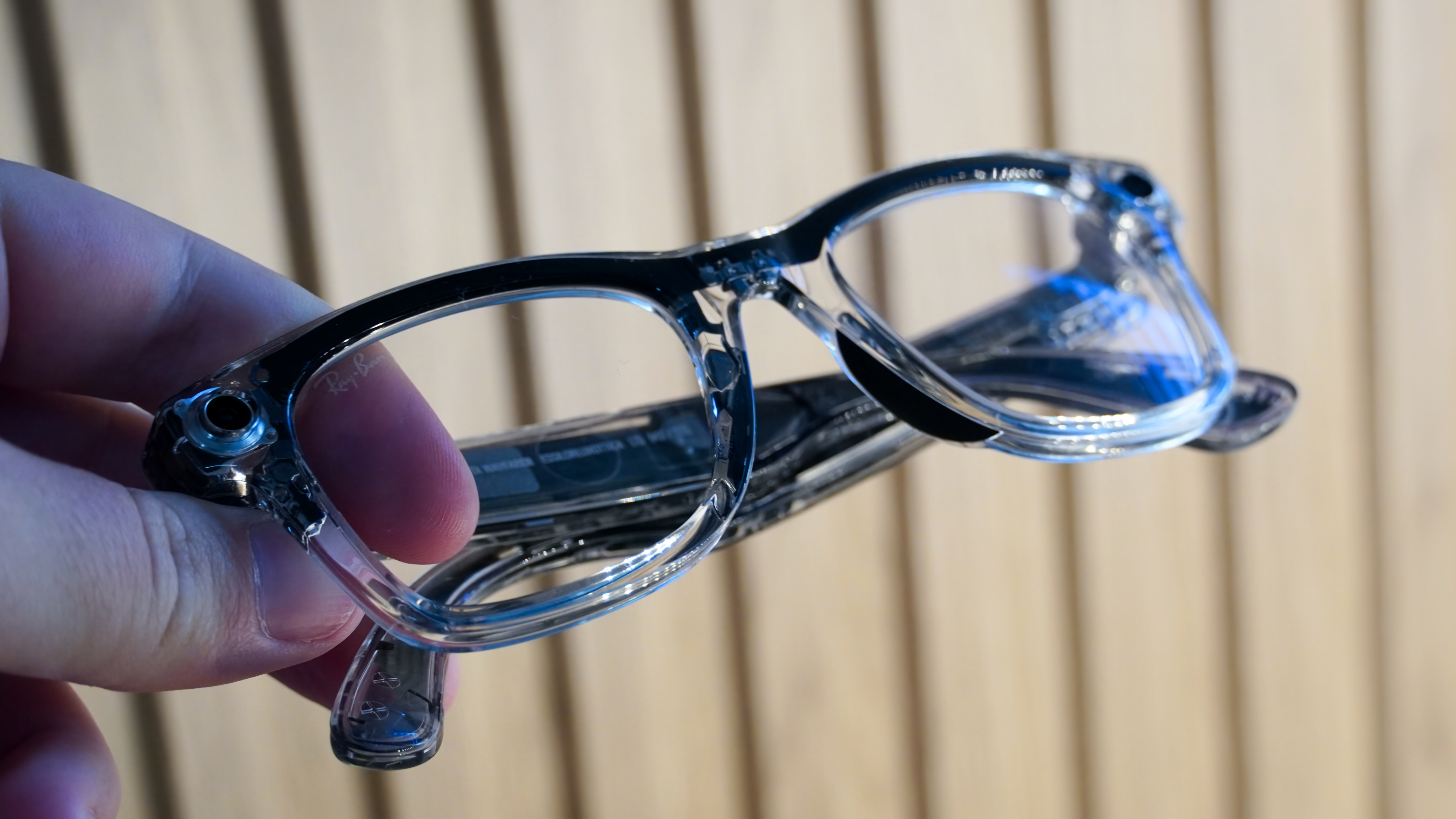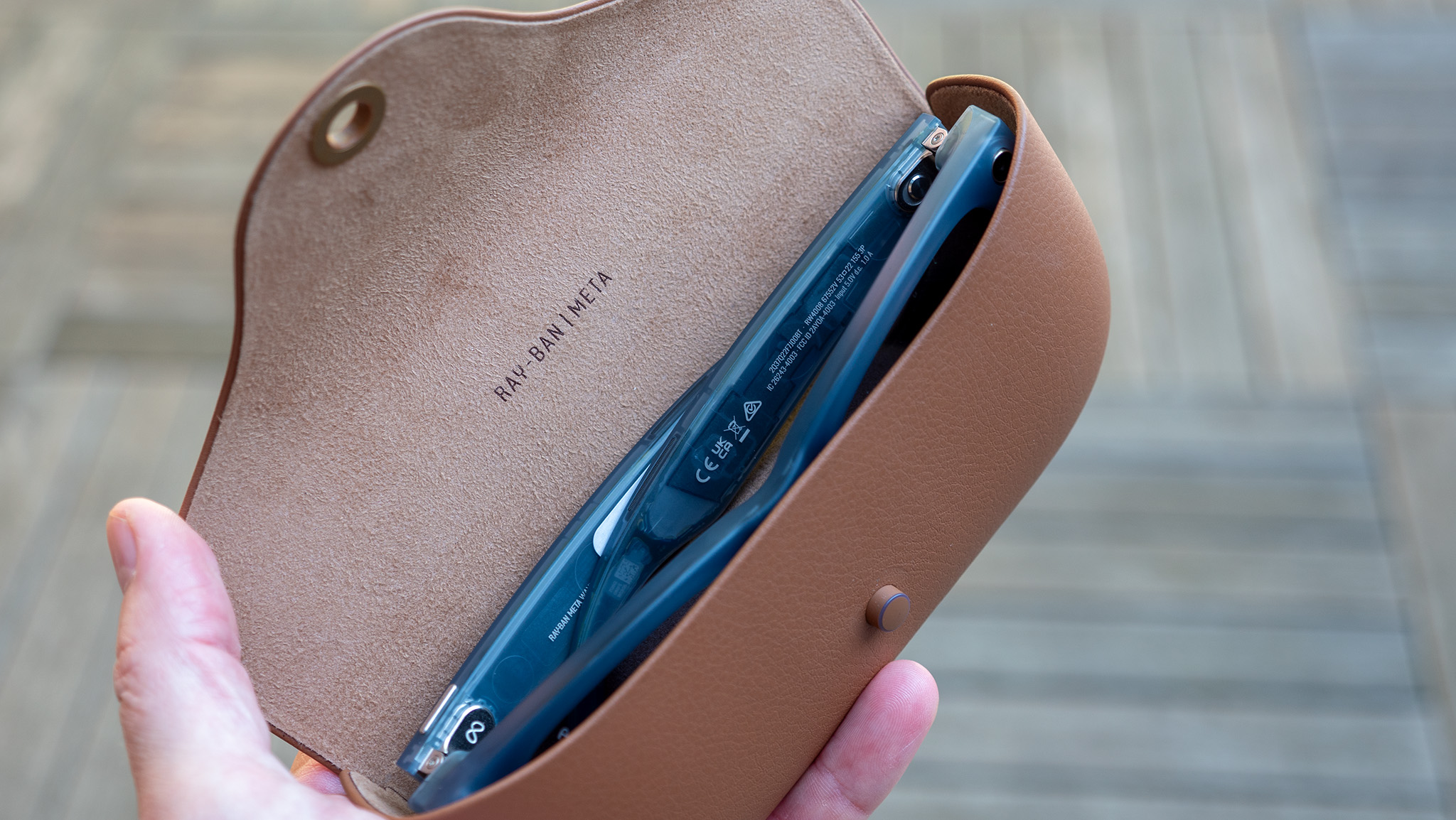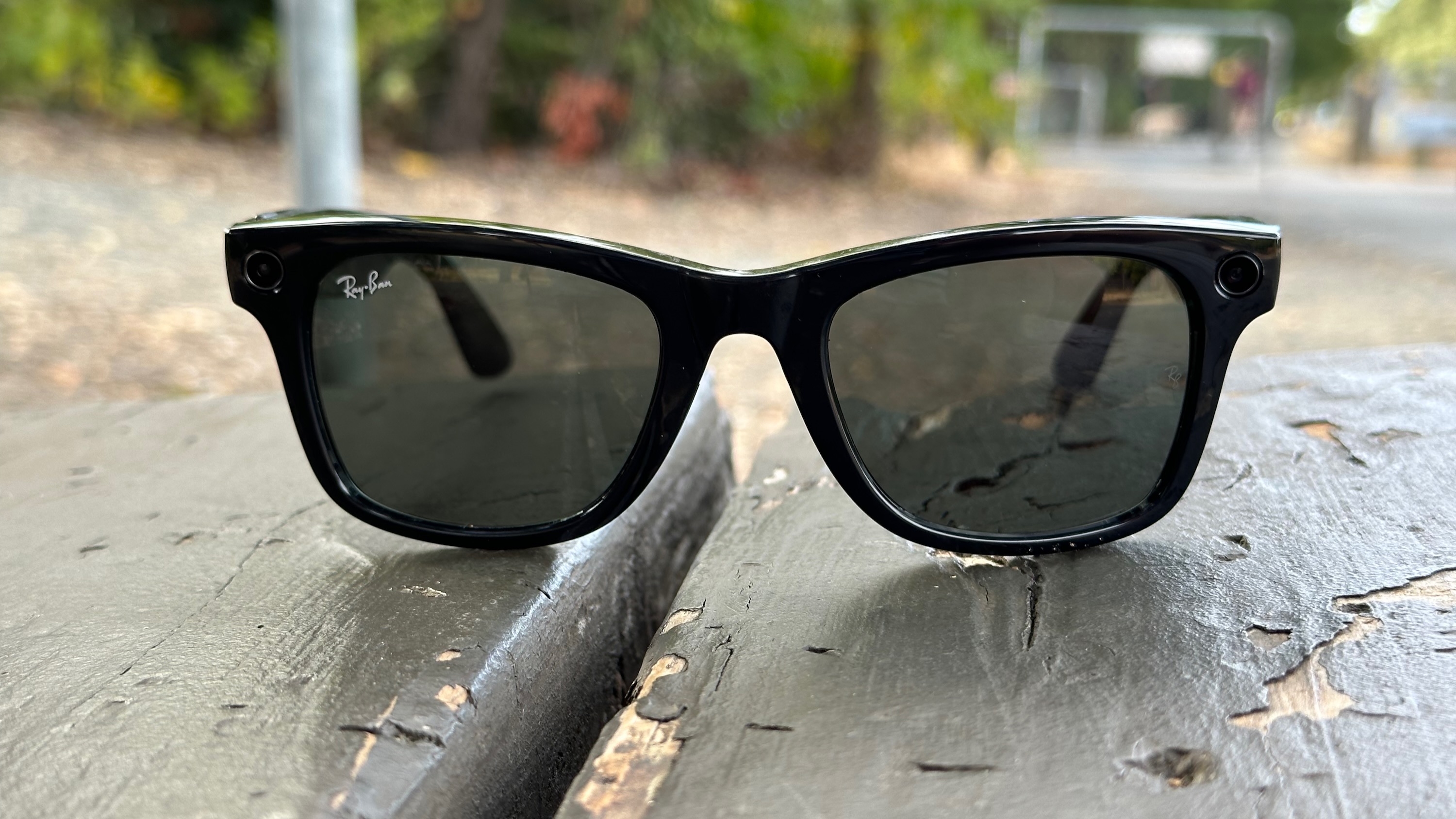
Around this time last year, I took a gamble. After seeing all the rave reviews and hype around the Ray-Ban Meta smart glasses, I bought a pair for myself and put prescription lenses inside. In hindsight, it was an incredibly risky move. My low vision requires me to wear glasses nearly 24/7, from the second I wake up to the minute I go to sleep. It cost me nearly $1,000 to buy a pair of Ray-Ban Meta glasses with my usual Transitions prescription lenses, so whether I liked them or not, this frame was set to be my daily driver for at least a year.
Looking back, my experience using Ray-Ban Meta smart glasses as a prescription glasses wearer went about as good and as bad as possible. There were highs, like being able to stay in the moment on vacation while snapping sweet photos from my face. And there were lows, such as when my Ray-Ban Metas developed a hairline crack in the frames that eventually caused them to break when water crept inside.
And now, more than 12 months later, I'll likely never wear Ray-Ban Meta smart glasses again. It's not exactly by choice (more on that later). I'd give the Ray-Ban Meta glasses my "gadget of the year award" for 2024, but I've also learned why these glasses are absolutely not an option for people who depend on them for sight.
The good: What I loved about using Ray-Ban Meta every day for a year

Everyone talks about the 12MP ultrawide lens built into the Ray-Ban Meta smart glasses, but the speakers are the underrated feature inside these frames. They're kind of like open-ear headphones, if you've used those. People around you can absolutely hear the music coming from Ray-Ban Meta glasses, but you can also hear everything around you. Compared to typical earbuds, listening to music or making calls with the Ray-Ban Metas is more comfortable, since there's nothing in your ear canal causing pressure.
The sound quality is pretty good, too. The glasses sound tinny, which is true of all headphones and speakers of the open-ear style. There's nothing to create a seal or a chamber, and those are needed to offer fullness in the low end of the soundstage. Still, it's solid overall — the Ray-Ban Metas get louder than you'd expect and offer rich mids and highs.
It's also true that the camera inside the Ray-Ban Meta glasses is way better than you probably think. Camera technology has improved vastly over the last decade, and even tiny sensors can provide detailed images. I was convinced that the Ray-Ban Metas were the real deal when I took the below photo on vacation in St. Kitts. It's not only my favorite photo captured with a pair of smart glasses, it's one of my favorite photos of all-time.

With the Ray-Ban Metas, you get access to Meta AI from your face. Whether that matters or not will depend on your preferences, and your thoughts on AI. I will say this: Meta beat OpenAI, Apple, and Google to true multimodal AI. It also did so on a pair of glasses (with help from a connected smartphone and cloud processing). That deserves a lot of credit.
For those unfamiliar, multimodal AI uses multiple "modes" for input. As an example, the Ray-Ban Meta glasses can use the camera to snap a picture of your surroundings, and you can use your voice to ask a question about what you're seeing. The picture will be uploaded to Meta's cloud servers for processing, but a response is returned from the Meta AI voice assistant. It's all pretty neat, as long as you keep expectations reasonable.
Still, I found that the Ray-Ban Meta glasses were best suited for basic things, like snapping a quick picture or playing a song without forcing me to pull out earbuds. They added utility to something I've been forced to wear for most of my life, and that was appreciated.
The bad: Why the Ray-Ban Metas aren't ready for primetime

It wasn't all smooth. While I'd still recommend Ray-Ban Meta glasses as a pair of sunglasses, they're not ready to be a pair of everyday glasses for someone with low vision. First of all, the glasses can weigh over 50 grams at their heaviest, which is a lot to keep on your face all day. Additionally, the chunkiness of the frames can get uncomfortable throughout the day, specifically around the ears. Due to the weight, the Ray-Ban Metas frequently slipped down the bridge of my nose, which was extremely frustrating.
Most importantly, the Ray-Ban Metas seem to stretch out and bend as they're heavily used. Unlike normal glasses, which are usually made of flexible plastic or malleable metal, it's not easy to bend the Ray-Ban Meta glasses back into shape. They'll fit great on day one, but might not feel so great on month six.
Durability is a real concern, too. The glasses have an IPX4 rating, which means they should be water-resistant to light rain and minor splashes. However, my plastic frames developed a hairline crack, nullifying the water-resistance, and they broke. The glasses were out of commission for weeks as I got a replacement, and finding a new pair was tricky. I had the Eyewear Protection Plan from LensCrafters, so I was able to get new Ray-Ban Metas for about $100.

Battery life is another detriment to the experience. It's not great — you won't get a full day of smart features with heavy camera or speaker use. It'll be closer to a few hours of battery life. For full-time glasses wearers, charging is difficult. The only time it makes sense to charge them is at night, so make sure you don't forget. I also noticed that the pogo pins didn't always make great contact with the Ray-Ban Metas, and they'd be dead in the morning after spending the night on a charger.
The unexpected: My new eye prescription is unsupported

Amid all the pros and cons, there was one thing that forced me to retire my Ray-Ban Metas for good: a prescription change. You see, these frames only support prescriptions between -6.00 to +4.00 total power. When I first bought a pair, my prescription was within the supported range. My vision became drastically worse this year, and now my lenses won't fit inside the Ray-Ban Meta frames.
While my problem may be relatively niche, it is a real consideration for prescription glasses wearers. When you buy a pair of frames — especially a pair of smart glasses — you expect them to last for years. New prescription lenses can be popped in and out, but the cost of the frames is taken care of. Unfortunately, if you get unlucky like me, your $300 frames might only last a year.
Between the weight, battery life, comfort, and prescription limits, it's clear that the Ray-Ban Meta glasses are not ready to be used as daily eyewear for people with low vision. I still love them for people who have good vision or use contacts for vision correction. Hopefully, Meta can work on making the tech inside the Ray-Ban Meta glasses smaller, which will in turn enable thicker lenses to fit. Until then, my smart glasses journey appears to have come to an abrupt end.







